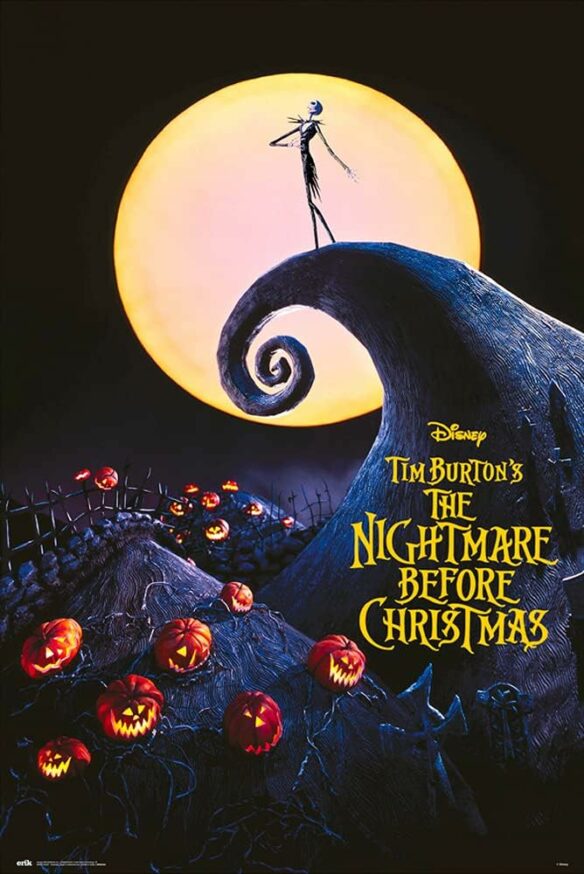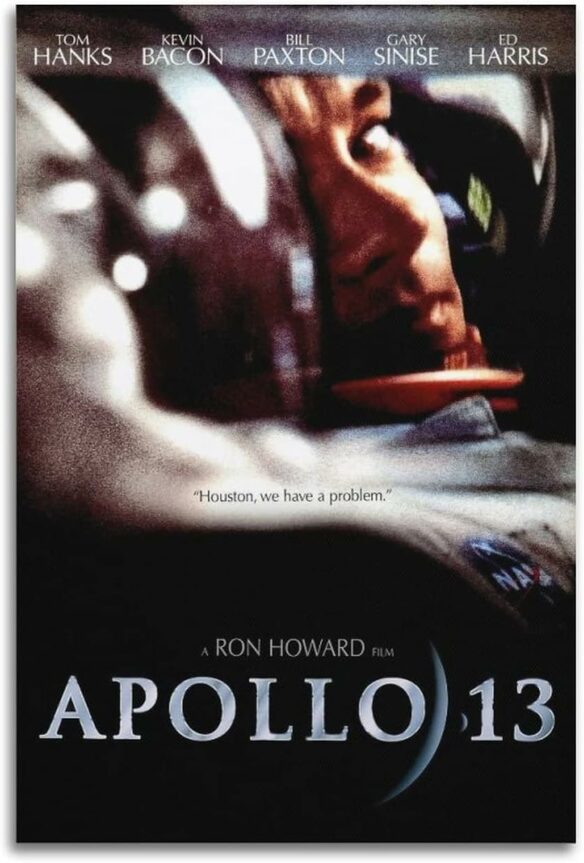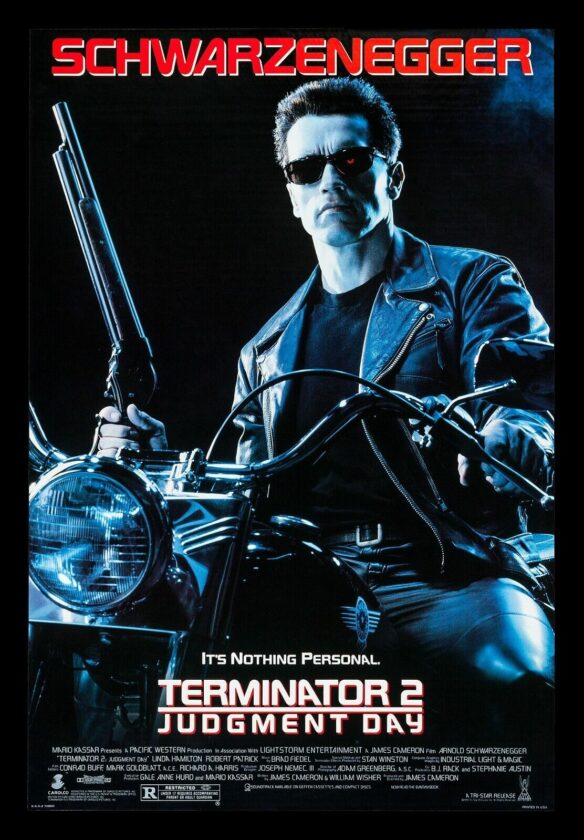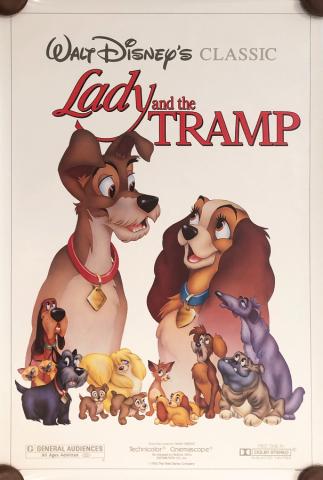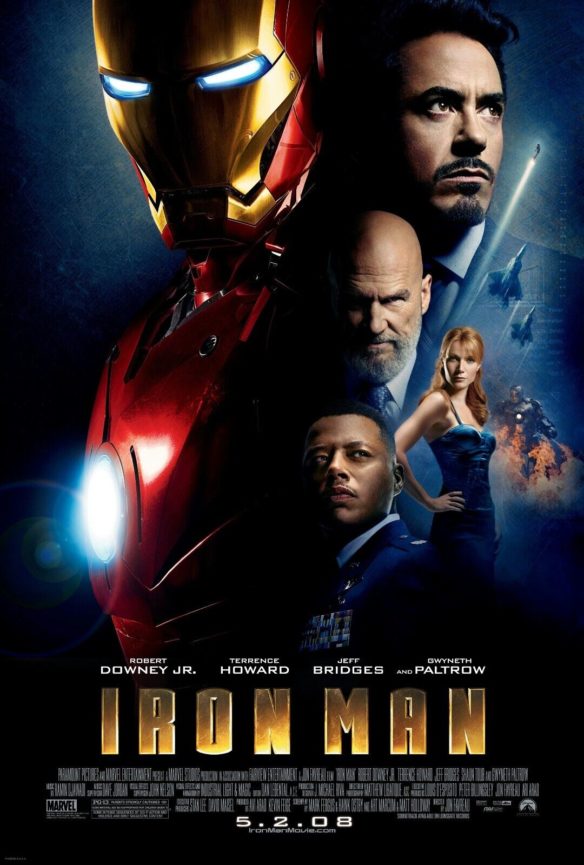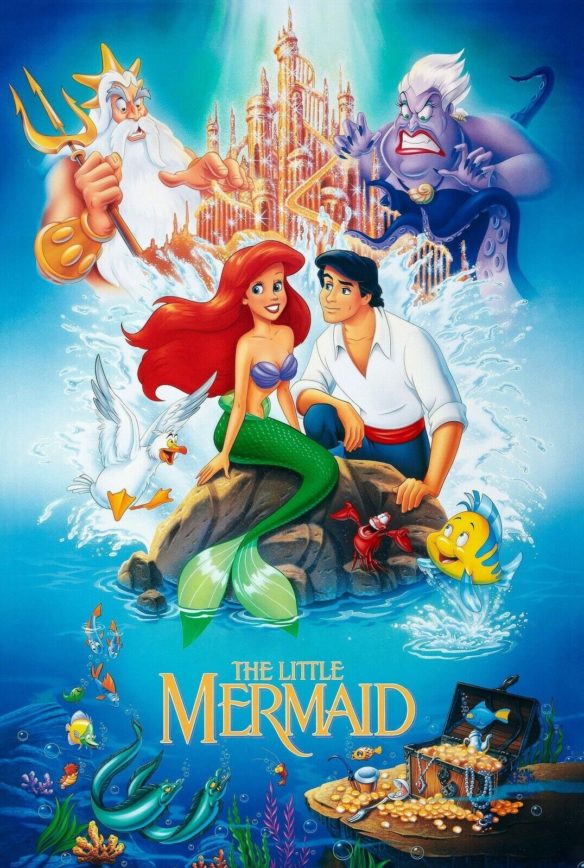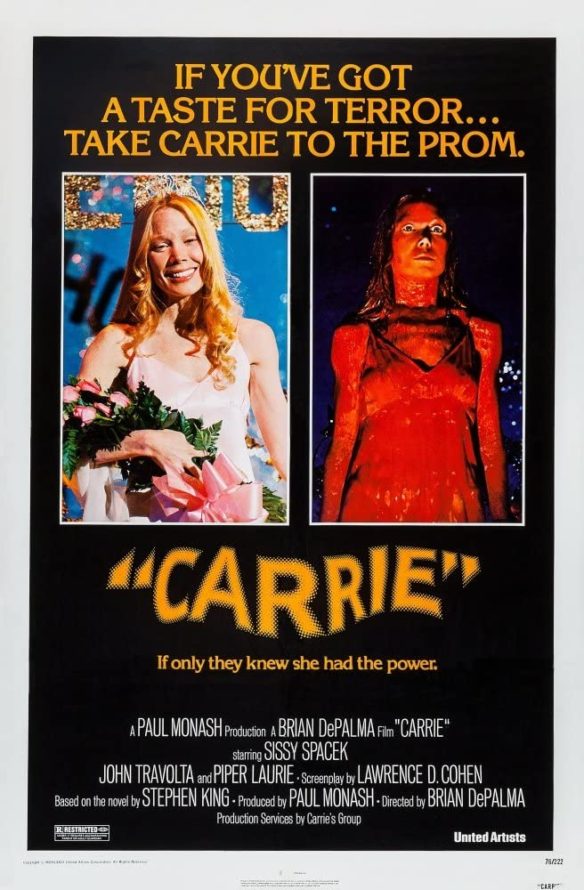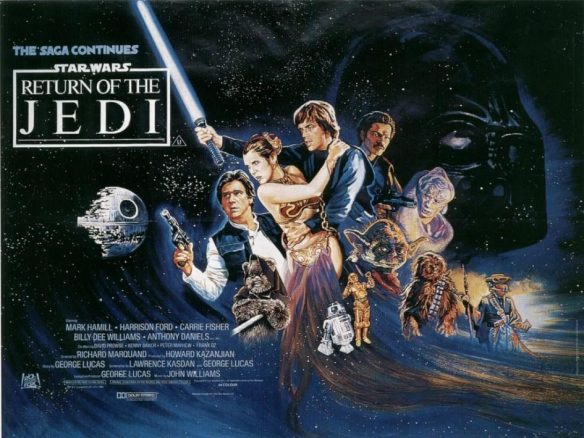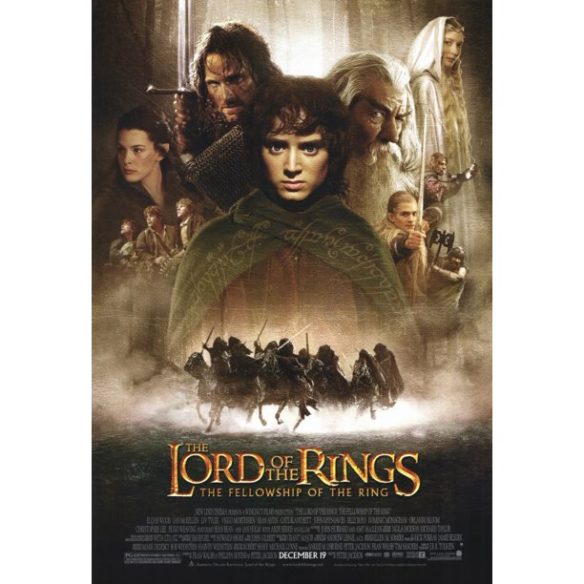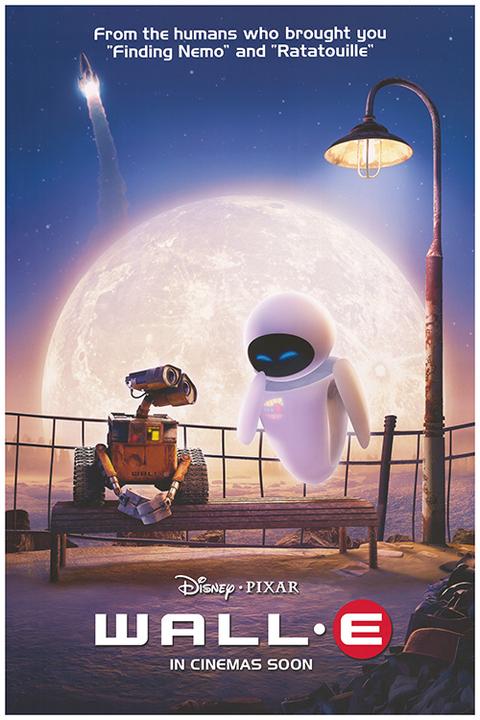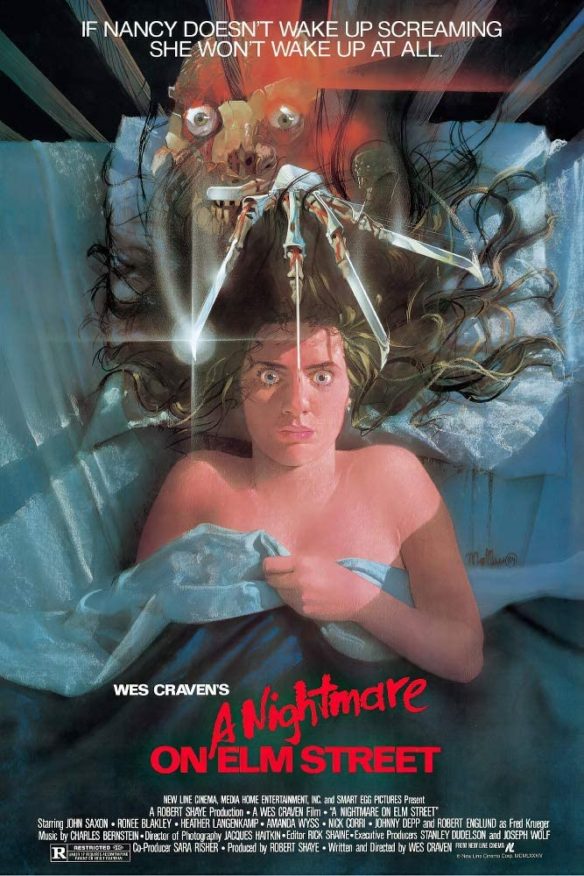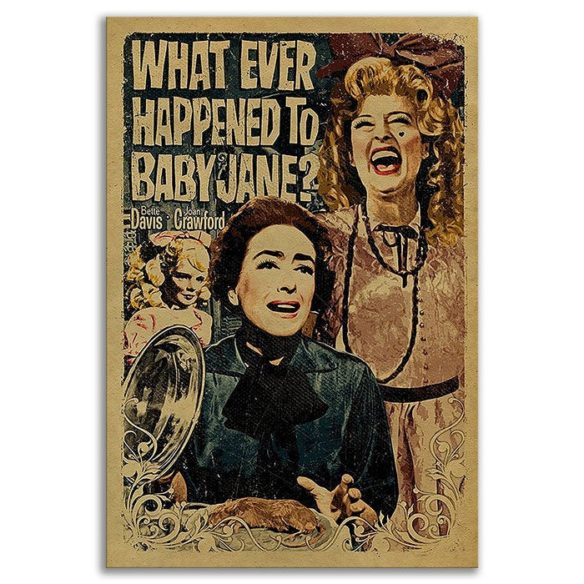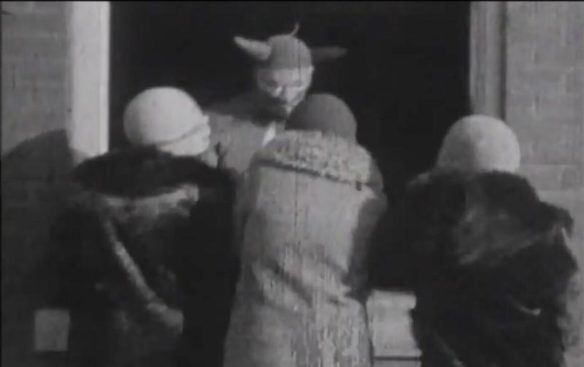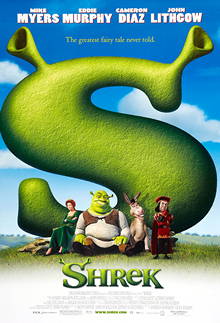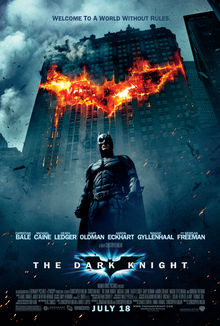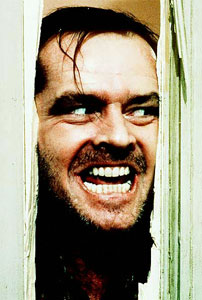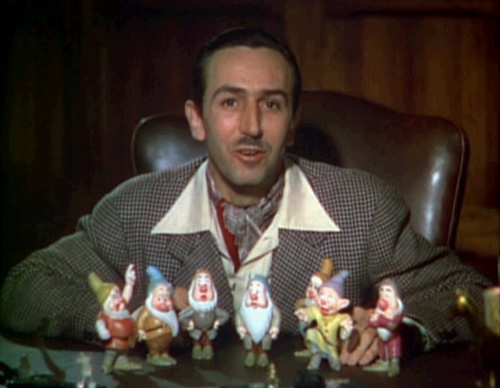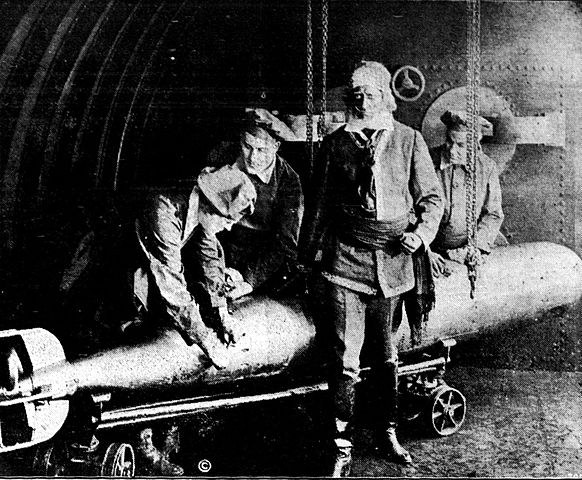Star Trek II: Wrath of Khan is among the 25 films named to National Film Registry Librarian of Congress Carla Hayden announced today, alongside Invaders from Mars, 70’s vampire flick Ganja and Hess, and campy kids’ spy comedy Spy Kids. There’s also a Koko the Clown short where he controls the Earth with the pull of a lever. Plus the iconic horror film Texas Chainsaw Massacre. Sff/h is well-represented on the list.
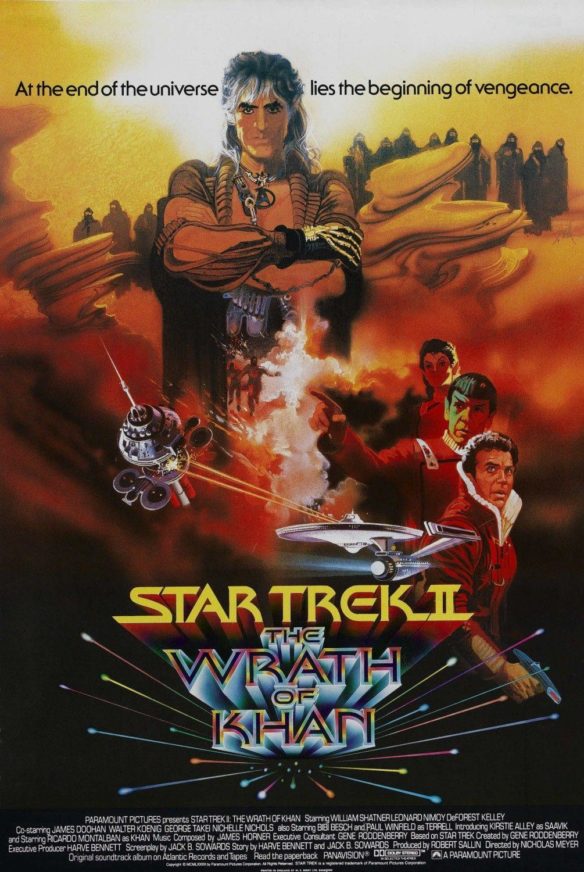
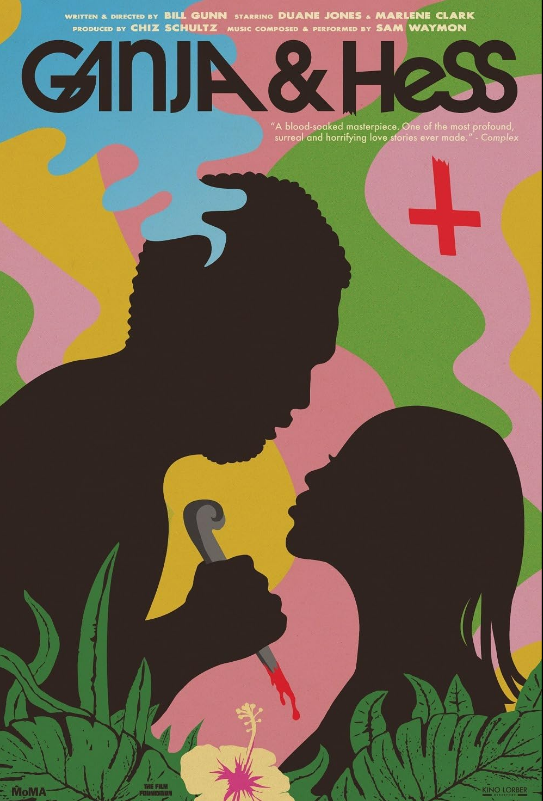

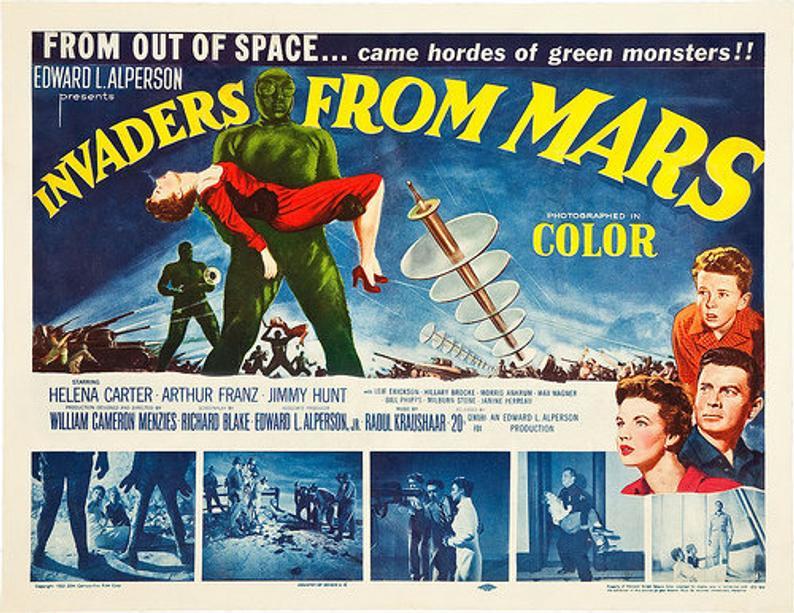
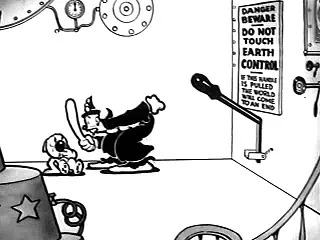
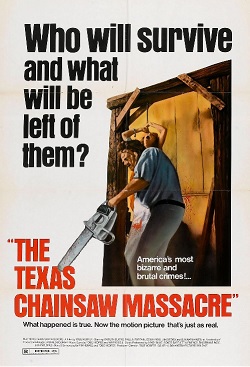
Films Selected for the 2024 National Film Registry
(chronological order)
- Annabelle Serpentine Dance (1895)
- KoKo’s Earth Control (1928)
- Angels with Dirty Faces (1938)
- Pride of the Yankees (1942)
- Invaders from Mars (1953)
- The Miracle Worker (1962)
- The Chelsea Girls (1966)
- Ganja and Hess (1973)
- Texas Chainsaw Massacre (1974)
- Uptown Saturday Night (1974)
- Zora Lathan Student Films (1975-76)
- Up in Smoke (1978)
- Will (1981)
- Star Trek II: Wrath of Khan (1982)
- Beverly Hills Cop (1984)
- Dirty Dancing (1987)
- Common Threads: Stories from the Quilt (1989)
- Powwow Highway (1989)
- My Own Private Idaho (1991)
- American Me (1992)
- Mi Familia (1995)
- Compensation (1999)
- Spy Kids (2001)
- No Country for Old Men (2007)
- The Social Network (2010)
The public submitted nominations of more than 6,700 titles for consideration this year. The public can submit nominations throughout the year on the Library’s web site Nominations for next year will be accepted until Aug. 15, 2025. Cast your vote at loc.gov/film.
Turner Classic Movies (TCM) will host a television special Wednesday, December 18 to screen a selection of films named to the registry this year. Hayden will join TCM host and film historian Jacqueline Stewart, who is chair of the National Film Preservation Board, to discuss the films.
The press release’s commentary on the films named in the lede follows:
- Ganja and Hess (1973)
Bill Gunn ranks high on any list of filmmakers deserving far more recognition. In The New Yorker, film critic Richard Brody described Gunn as being “a visionary filmmaker left on the sidelines of the most ostensibly liberated period of American filmmaking.” Playwright, novelist, actor and director Gunn’s cult-horror fever dream classic “Ganja and Hess” proved a sensation at Cannes in 1973. Fifty years on, this film addresses complexities of addiction, sexuality and Black identity that remain prescient. Preserved by the Museum of Modern Art: Two 35mm composite prints of the original release, combined and copied photochemically in 2003.
- Invaders from Mars (1953)
The 1950s arguably produced the most classic science fiction films, fed by post-World War II paranoia over the hydrogen bomb, rapid technological change, fear of Soviet expansion and Communist infiltration of American society. Directed by William Cameron Menzies with cinematography by John Seitz, the film features stunning sets and photography in Supercinecolor. This indie classic helped create the visual language of science fiction cinema and was a significant entry in the canon of ‘post-war paranoia’ cinema. Projects ranging from “Star Trek” to “The Iron Giant” to “Invasion of the Body Snatchers” bear the thematic fingerprint of this film. Restored by Ignite Films in collaboration with the George Eastman Museum, National Film and Sound Archive of Australia and the UCLA Film & Television Archive.
KoKo’s Earth Control (1928)
Imaginative, sassy, surreal and non-linear characterize films from the Fleischer Studios, which battled the Walt Disney Co. for animation supremacy during the 1920s and 1930s, with their competing styles delighting audiences and leading to many technical advancements. Among the contributions from Max and Dave Fleischer were rotoscoping and legendary characters such as Betty Boop, Popeye and KoKo the Clown. In this film, KoKo and Fitz the Dog gain power over the levers controlling Earth, to disastrous results. “KoKo’s Earth Control” has been photochemically restored by the UCLA Film & Television Archive from the original nitrate negative with main titles restored and a missing section enlarged from a supplemental 16mm source. Restoration funding provided by Jerry Beck, Will Ryan and the International Animated Film Society, ASIFA-Hollywood.
KoKo’s Earth Control (1928) – YouTube
Spy Kids (2001)
In “Spy Kids,” (the first film in a highly successful media franchise) Robert Rodriguez weaves Hispanic culture in the film by incorporating cultural elements and values that make the characters feel both distinct and universally relatable. The emphasis on family as their top priority and driving motivation throughout the films underscores the importance of familial bonds and cultural heritage, adding depth and authenticity to the story. This delightful spy fantasy film where children discover their parents’ day jobs are not dull and boring is a wonderful blend of films such as “The Incredibles,” James Bond films, and “True Lies.”
Star Trek II: The Wrath of Khan (1982)
Often considered the best of the six original-cast Star Trek theatrical films, “The Wrath of Khan” features Nicholas Meyer’s expert direction and James Horner’s stirring score to enhance the always intriguing “Star Trek” scripts, which echo the vision of Gene Roddenberry. “Wrath” reprises an old nemesis from the 1967 TV episode “Space Seed,” with Kirk (William Shatner) and Spock (Leonard Nimoy) battling the volatile and ruthless Khan (Ricardo Montalban). In part an interstellar game of starship cat-and-mouse, and a testosterone-filled alpha mano a mano battle between Kirk and Khan, the film achieves true resonance when exploring larger social and personal themes, in this case Spock’s personal sacrifice to save the Enterprise: “The needs of the many outweigh the needs of the few…..or the one.”
The Texas Chainsaw Massacre (1974)
Graphic, lurid and completely unapologetic in its brutality, “The Texas Chainsaw Massacre” has since its debut in drive-ins and grindhouse theaters, become a cultural, generational and filmmaking touchstone. Filmed for a pittance and supposedly as difficult of a production as a film can be (beset with record heat and filthy locations), “Texas” would establish many of the tenets of what would become the gore/slasher/splatter genre, including the long-lasting “final girl” trope. Condemned by many at the time of its release for what was seen as its gratuitousness, the film was nevertheless embraced by young movie audiences for both its jump-out-of-your seat-scares (great use of isolation and darkness) and it elements of (very) dark humor.
[Thanks to N. for the story.]

